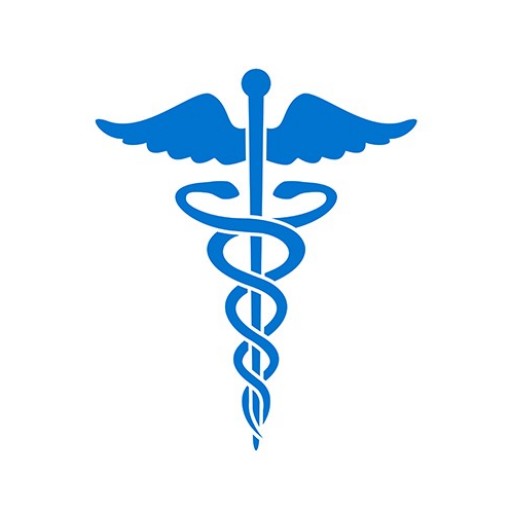If you are a practitioner, provider, or supplier and you have found your way here, more than likely you have questions: Who and what is the Data Bank? Am I in the right place to get the information my potential employer is requesting? If a report has been filed on me, what am I supposed to do? What happens if the report contains incorrect information about me? Is there someone I can talk to?
The Data Bank Commitment
First, the Data Bank is here to serve you and recognizes that like you, it has a commitment to patient safety, to combat fraud and abuse in health care delivery, and to improve the overall quality of health care.
The Practitioner’s section of the Web site is available, where you can see if there is information on file about you; ensure the accuracy, completeness, timeliness, and relevance of any such information; and, if there are adverse actions, malpractice payment reports, or judgments/convictions reported against you or your organization, you can tell your side of the story.
Finally, the Data Bank information is confidential. No one can access information about you or your practitioner organization unless they are legally authorized as eligible to do so and have registered with the Data Bank. See About Us for more details.
What Is the Data Bank?
The NPDB (National Practitioner Data Bank) and HIPDB (Healthcare Integrity and Protection Data Bank) are information clearinghouses created by Congress to improve health care quality and reduce health care fraud and abuse in the U.S. Collectively, the NPDB and HIPDB are referred to as the Data Bank.
Together, the NPDB and HIPDB contain reports on health care practitioners, health care entities, and health care providers and suppliers, which are submitted as mandated by law by certain eligible organizations. The NPDB receives and discloses reports on all licensure actions taken against all health care practitioners and any negative actions or findings taken against a health care practitioner or organization. The HIPDB receives and discloses reports related to final adverse actions taken against health care practitioners, providers, and suppliers.
The Data Bank is used to inform health care organizations – such as hospitals, health plans, and health care regulatory entities (e.g., State licensing boards) – that an in-depth review of a practitioner’s past actions may be prudent. Organizations use the Data Bank information along with data from other sources when considering a practitioner for clinical privileges, employment, affiliation, or licensure, or when reviewing a practitioner’s records.
The Data Bank Process
Let’s say that the Data Bank has received a report on you with regards to your overall professional conduct or competence, or notice of a medical malpractice payment.
Note: There are three basic kinds of reports that can be submitted about you: a Medical Malpractice Payment Report, an Adverse Action Report, or a Judgment Or Conviction Report. See About Reporting for more information.
When a report is received, it is processed by the Data Bank exactly as submitted by the reporting organization, which is responsible for the accuracy of the report.
After the Data Bank processes a report, a Report Verification Document (RVD), which is a copy of the report, is sent to the reporting organization. A Notification of a Report in the Data Bank, and the report are sent to you, as the subject of the report. You should review the report for accuracy, including information such as current address and place of employment.
At this point in the process, you may want to go online and respond to it (Respond to a Notification).
What Do You Want to Do?
Whether or not a report has been filed on you, there are two basic ways to interact with the Data Bank.
- Find a Report. You want to find out if there is a report on you or your practitioner organization – either for your own interest or at the request of a potential employer, licensor, or insurance provider. Requesting the Data Bank to search for a report on you is referred to as doing an individual self-query, or using the Data Bank Self-Query Service. For more information, see About Searching for Reports. To start the process, go to Has a Report Been Filed On You?
- Respond to a Report. You received notification from the Data Bank of a report on you or your practitioner organization, and you want to respond to it, either by adding a statement, disputing its factual accuracy (or whether the report was submitted in accordance with the Data Bank’s reporting requirements), or, as a final measure, requesting a Secretarial Review of a disputed report. For more information, see About Responding to Reports. To start the process, go to Respond to a Notification.
Other Links You May Need
- About Searching for Reports (contains general information on when and how to search for reports)
- About Responding to Reports (provides general information about the dispute process and how to go about it)
- Has a Report Been Filed on You? (lets you jump directly into the process of finding out if any reports are filed on you)
- Respond to a Notification (takes you directly into the process of responding to a report)
- Helpful Hints for Submitting a Self-Query (helps you search for reports and tells you how to fill out the required fields correctly)
- Billing and Fees (explains and lists fees for self-queries)

